A lot has been written about cyberbullying and I've seen some articles claiming that cyberbullying is more prevalent and more severe than in-person bullying. Some even refer to it as an "epidemic."
But, in a presentation at the Family Online Safety Institute (FOSI) conference in Washington last week, a leading researcher on youth risk reported that the popular belief is actually a misconception. Compared to that bullying that takes place at school and other in-person venues, online bullying is both less prevalent and less distressing.
Michele Ybarra, president of the Center for Innovative Public Health, says 17 percent of youth have reported online bullying compared to 39 percent who have experienced it "in person." Ten percent have been bullied by phone, according to Ybarra, while 14 percent have experienced bullying via text messaging.
And despite the concerns that cyberbullying can follow kids home and haunt them via their phones and on their computers, Ybarra's research found that kids who were bullied in school were more than twice as likely (38 percent vs. 15 percent) to report that they were very or extremely upset about the incident.
Ybarra's presentation illustrated just how prevalent technology is among teens. For 12-17 year-olds, 95 percent are online, 77 percent have a cellphone, 23 percent have a smartphone, 63 percent text daily and 76 percent use social media. Only 6 percent of teens use email on a daily basis.
She also dispelled the myth that cyberbullying is getting worse. Between 2008 and 2010, bullying rates among 13 to 17 years were mostly flat, according to a study published in the Archives of Pediatric and Adolescent Medicine.
Bullying rate discrepancies between studies can sometimes be explained by how they define bullying. The Olweaus' Bullying Prevention Program defines bullying as "aggressive behavior that is intentional and that involves an imbalance of power. Most often, it is repeated over time," but some researchers define it differently
In a 2011 paper entitled "The Internet, Youth Safety and the Problem of 'Juvenoia,'" David Finkelhor, director of the University of New Hampshire's Crimes Against Children Research Center, observed that during the years when young people's use of the Internet has mushroomed, young people have actually experienced fewer serious traumas, not more, as is commonly assumed.
"In the U.S. there has been a remarkable improvement in social problem and risk indicators for young people," he wrote.
Sexual abuse of children decreased by 61 percent between 1992 and 2009, he said, while teenage pregnancies went down by 43 percent and 21 fewer teens had multiple sex partners. Meanwhile, the number of teens committing suicide dropped 38 percent from 1990 to 2007, he said.
There are cases of children who have taken their lives after being cyberbullied but they are rare, and frequently there are other factors involved, making it difficult to blame the suicide on a single event.
Finkelhor isn't asserting that the Internet is making kids safer, but the data clearly show that kids aren't at greater risk since they started going online.
Statistics from the U.S. Department of Health and Human Services also show that bullying -- while still a significant problem -- has not become more prevalent over the past few years. Bullying among high school students (Grades 9-12) remained flat (20 percent) between 2009 and 2011 with a slight decrease among boys and a slight increase for girls. The report found that in 2009, girls were twice as likely (22 percent vs 11 percent) to be "electronically bullied" than boys.
Challenges remain. While most kids aren't bullied, a significant minority are and the numbers are higher for lesbian, gay, bisexual or transgender (LGBT) youth and those who are "perceived as different from their peers, such as being overweight or underweight, wearing glasses or different clothing, being new to a school, or being unable to afford what kids consider 'cool,'" according to the government website StopBullying.gov.
It's also important to realize that the consequences of bullying can range from mildly annoying to extremely serious. Adults need to pay attention to all cases, but the response should be measured and proportional. Research has shown that many kids are able to handle some bullying incidents on their own or with the help of their peers. But there are some cases where adult -- and sometimes even law enforcement -- intervention is necessary. It's important to get all the facts and to avoid overreacting.
Just as with public health, when it comes to online risk, one size doesn't fit all. We need to continue to provide positive rather than fear-based Internet safety education to all children. And we need to give extra attention to the smaller number of kids who are at risk and helpful intervention for the those few who are in trouble.